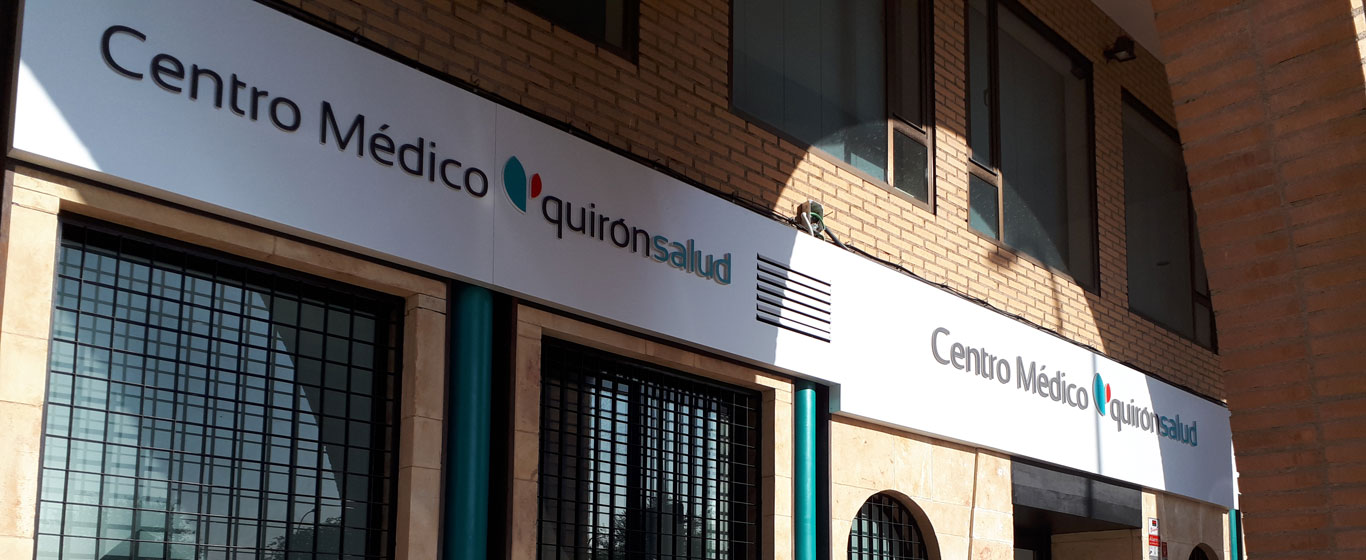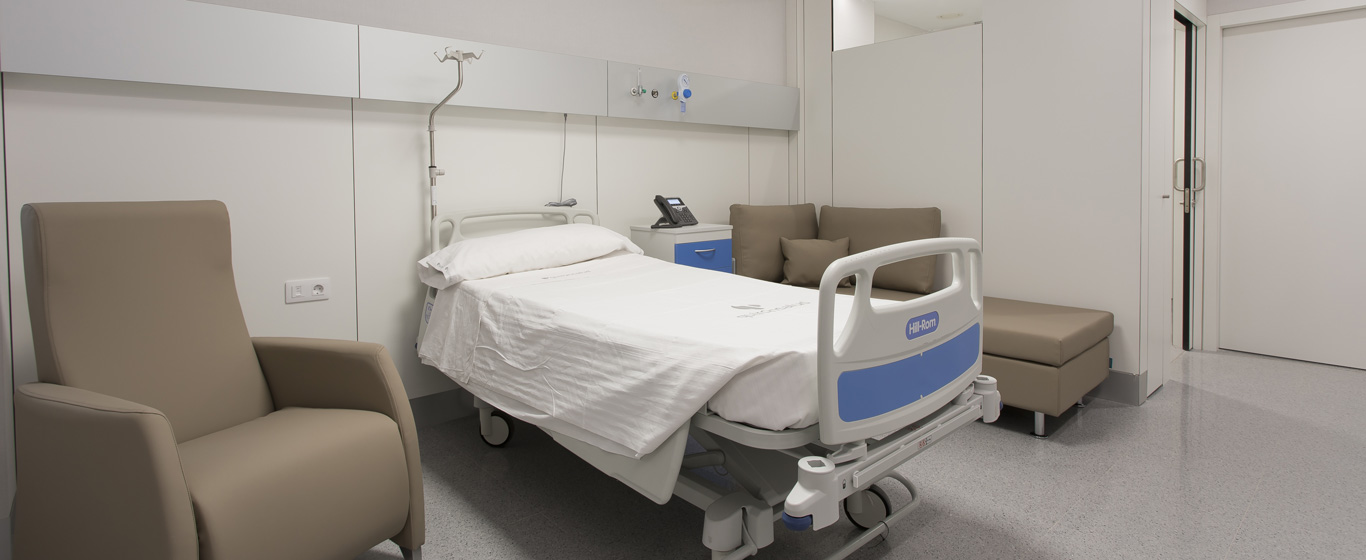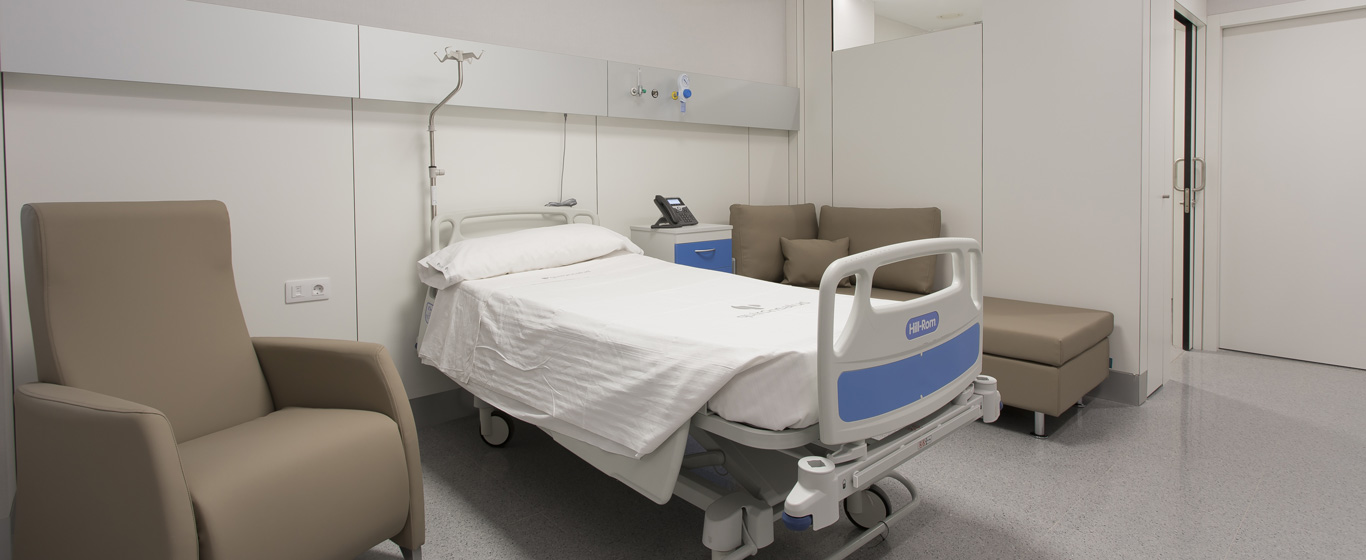Chromatography
Chromatography is a procedure used in clinical analyses to separate the components of a mixture to analyze them and understand their behavior.

General Description
Chromatography is an analytical technique used in clinical laboratories for quantitative analysis. This procedure is based on the separation of the components of a complex mixture to determine the characteristics and quantities of the elements that compose it.
The chromatographic technique consists of two phases:
- Stationary phase: The components remain immobile on the chosen support, which can be liquid or solid.
- Mobile phase: A liquid or gaseous chemical compound flows over the support to carry the sample.
Depending on the method of separation and the support used for observation, chromatography can be classified into several types:
- Paper chromatography: One of the first procedures used, still highly useful for studying polyfunctional compounds or mixtures consisting of a solid and a liquid. It can be classified into:
- Solid-liquid chromatography: The stationary phase is solid, and the mobile phase is liquid.
- Liquid-liquid chromatography: Both the mobile and stationary phases are liquid.
- Liquid-gas chromatography: The stationary phase is liquid, and the mobile phase is gaseous.
- Solid-gas chromatography: The stationary phase is solid, and the mobile phase is a gas.
- Column chromatography: The most commonly used type. It is highly effective in separating or purifying organic compounds regardless of their state.
- The sample is placed inside a glass column with a closure system at the lower end.
- A liquid chemical compound is added, which flows through the column, carrying the components of the sample.
- The lower valve is opened to allow the fluid to exit the column.
- Fractions of the resulting liquid are collected.
- Thin-layer chromatography: This separation technique is very fast and uses a glass, aluminum, or plastic plate.
- A thin layer of the sample is applied to the plate impregnated with an absorbent material.
- The plate is immersed in a solvent mixture, and the container is sealed.
- The solvents ascend, and the components of the mixture separate by capillarity, forming bands.
- Partition chromatography: This occurs due to differences in polarity (solubility) between the stationary and mobile phases.
- Normal phase: The stationary phase is polar, and the mobile phase is non-polar.
- Reverse phase: The stationary phase is non-polar, and the mobile phase is polar.
- Adsorption chromatography: Used when the stationary phase is solid (silica, alumina, or ion-exchange resins) and the mobile phase is liquid.
- Ion-exchange chromatography: Performed when the stationary phase is solid.
- Cation-exchange chromatography: Functional groups are negatively charged, retaining positively charged cations.
- Anion-exchange chromatography: Retains negatively charged functional groups (anions) because the stationary phase consists of positively charged groups.
- Size-exclusion chromatography: Also known as gel permeation chromatography, it separates the components of a substance based on the size and shape of their molecules.
- Gas chromatography (GC): Used to separate and analyze volatile compounds in a mixture. In the healthcare sector, it is mainly used for drug development.
- Liquid chromatography: Used to separate soluble compounds that are heat-sensitive, such as proteins.
- High-performance liquid chromatography (HPLC): A process similar to the previous one that separates components quickly and with high resolution.
In medicine, chromatography is commonly performed on blood, urine, or saliva samples to determine the presence of foreign substances. In forensic medicine, gas chromatography is used to search for DNA samples or traces of chemical substances.
When is it indicated?
Chromatography on urine or blood samples is typically used to detect the presence of foreign substances such as viruses, alcohol, or drugs. This procedure is widely used in sports doping tests.
Pharmacy pregnancy tests and home flu or COVID tests are a type of paper chromatography analysis that breaks down urine and saliva samples, respectively.
How is it performed?
The sample collection process is the only part of chromatography that directly involves the patient. Depending on the type, different guidelines are followed:
- Blood: A needle is inserted into a vein, usually on the inner side of the elbow, to extract blood with the help of a syringe.
- Urine: The patient collects the sample in a sterilized container specifically designed for this purpose, following usage instructions.
- Saliva: Depending on the type of analysis, it can be collected using a cotton swab attached to a stick, which is rubbed inside the cheek, or by spitting into a prepared container.
The chromatography procedure varies for each type:
- Paper chromatography:
- A few drops of the sample are applied to the end of a porous paper strip.
- The strip is submerged in a solvent and left to evaporate.
- Once dry, different bands can be seen, depending on the components’ affinity for the paper or the solvent.
- If the marks are colorless, revealing procedures are applied.
- Column chromatography:
- The sample is placed inside a glass column with a closure system at the lower end.
- A liquid chemical compound is added, which flows through the column, carrying the components of the sample.
- The lower valve is opened to allow the fluid to exit the column.
- Fractions of the resulting liquid are collected.
- Thin-layer chromatography:
- A thin layer of the sample is applied to the plate impregnated with an absorbent material.
- The plate is immersed in a solvent mixture, and the container is sealed.
- The solvents ascend, and the components of the mixture separate by capillarity, forming bands.
- Partition chromatography: Usually performed using the paper chromatography technique.
- Adsorption chromatography: Typically performed using the column chromatography procedure.
- Ion-exchange chromatography: Separates ions using a resin with various functional groups of positive or negative charge capable of exchanging with the substances to be analyzed (analyte).
- Size-exclusion chromatography: Also known as gel permeation chromatography, separates components based on molecular size and shape.
- Gas chromatography: The stationary phase can be a solid (gas-solid chromatography) or a liquid (gas-liquid chromatography) placed in a column. The mobile phase is an inert gas, meaning it does not chemically react with pressure and temperature changes.
- Liquid chromatography: Can involve gel permeation, which separates molecules by size, or ion exchange, which differentiates particles based on their charge.
Risks
Chromatography does not pose a health risk.
When drawing blood, bruising may occur at the puncture site. Some patients experience mild dizziness, which disappears after resting for a few minutes.
What to expect from chromatography
Sample collection takes only a few minutes, after which the patient can resume daily activities:
- Blood: Wearing loose or short-sleeved clothing is recommended for easy arm access. After extraction, applying pressure to the puncture site for a few minutes helps prevent bruising.
- Urine: After washing hands and the urinary opening, urine is collected in the provided container, transferred to a sterile tube as per instructions, and transported to the laboratory at room temperature.
- Saliva:
- The patient collects it in a special sample tube using a collector, similar to a funnel. Coughing beforehand helps saliva production. The tube is then sealed and kept at room temperature until taken to the laboratory.
- At the medical center, the patient opens their mouth for the specialist to insert a collection swab to gently scrape the mucosa. Lightly biting the inside of the cheek can stimulate saliva flow.
The chromatography procedure may take from a few minutes to several hours. Typically, results are available within a few days and should be interpreted by a doctor.
Specialties that request chromatography
Chromatography is primarily used in the field of clinical analysis at the request of family medicine or infectious disease specialists. It is also useful in forensic medicine studies.
How to prepare
No special preparation is needed for chromatography.





















































